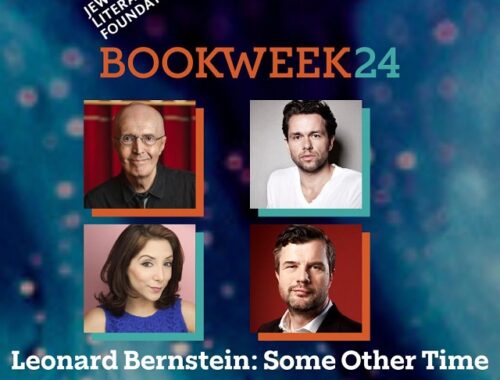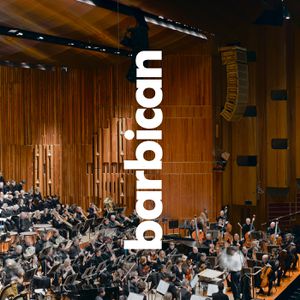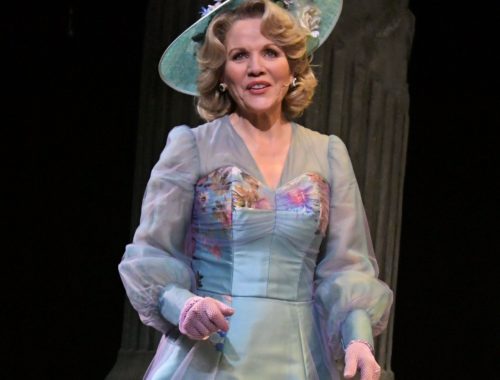London Philharmonic Orchestra, Nézet-Séguin, Royal Festival Hall
Fashion is a strange thing. There was a time when the César Franck Symphony was popular core repertoire. All the greats performed and recorded it – Monteux, Bernstein, Karajan. Suddenly it was out of vogue – obsolete, neglected. Why? Hearing it again after so long an absence (I really cannot remember when I last heard a live performance) this big benevolent piece seemed to have left its portentousness in the past and that, one realised, had more than a little to do with the conductor of this vibrant come-back performance. Yannick Nézet-Séguin is French-Canadian, which helps, but he’s also, surely, the most exciting talent of his generation.
Understanding the French idiom is crucial in understanding the piece and from even the sombre opening phrases of the introduction it was clear that Nézet-Séguin had asked the London Philharmonic Orchestra to keep light and gracious on the strings and keenly inflected in the winds. Like organ registrations – and this piece has an organ-like sonority – the woodwind chordings must be clean and lustrous and the brass euphonious never heavy and oppressive. Those big canonic statements of the so-called “faith theme”, splendidly underpinned in the bass trombone, are about uplift not power. Even the tuba is light on his feet in this piece.
There’s some redolence of the Allegretto from Beethoven’s Seventh in the processional slow movement-cum-scherzo and the dual character of the movement was deftly counterpointed. This piece is so much about the transfiguration and affirmation of its themes and come the finale Nézet-Séguin really pointed up that sense of liberation. The distilled moment just before the coda was typical of this conductor’s ability to change the way the air moves in the room. A great come-back for the piece.
And a most satisfying elision (if I can stretch the definition) into the affirmative world of Fauré’s Requiem. Sight unseen you would never have credited that such a large choir was in play or indeed such a sizable complement of violas and cellos. They are the sonic and emotional core of the piece and how consoling their heavenly counterpoints sounded here. The whole performance was at once ample in expression and light as a feather. Sally Matthews was luxury casting for her “Pie Jesu” solo – the closest Fauré ever came to an Andrew Lloyd Webber moment – or is that the other way round?
You May Also Like

LEONARD BERNSTEIN: Some Other Time
14/12/2023
BARBICAN: Classical Music Podcasts
17/10/2017